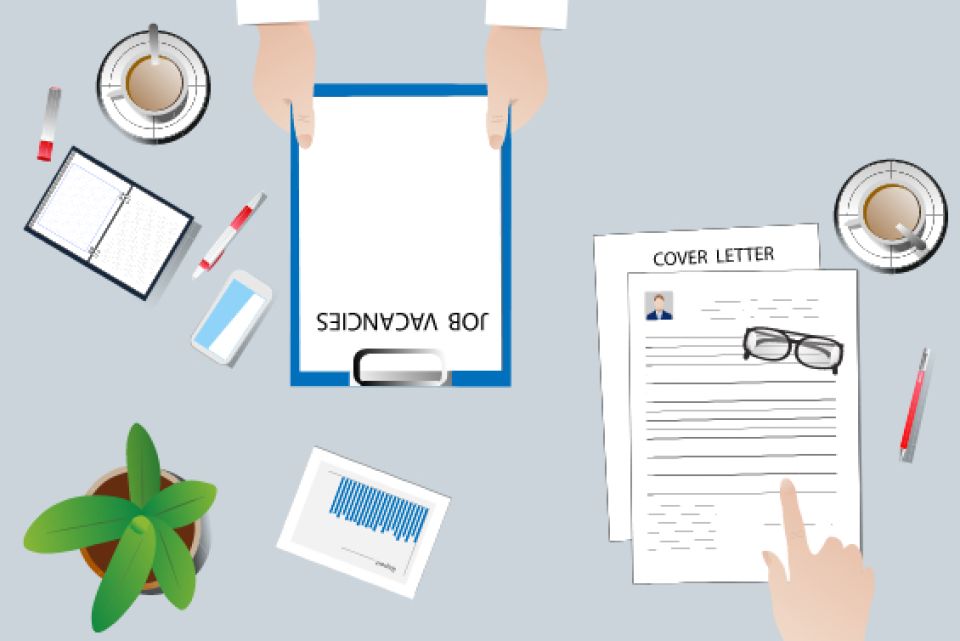How to Write a Successful Cover Letter for a Fashion Job

A strong, concise, and informative CV can help move your application forward, but a great cover letter can be the thing that bags you that anticipated interview.
Even in the digital age that we live in today, a cover letter is essential in the application process for jobs across many industries, not just fashion. A well-thought-out cover letter adds colour to the accomplishments and skills mentioned in your CV and tells the prospective employer why you are fit for the job while giving an insight into your personality and mindset.
It’s a lot to fit in one document, but written correctly, it can be immensely influential in the hiring decision. This blog will share our best advice and tips on how to write a successful cover letter for a job within the fashion industry.
Layout
Unless you’re a graphic designer, there’s not much need to get fancy with formatting. Stick to a standard business format for your cover letter, with your address and the hiring manager’s address at the top, and you should sign your name to close the letter. If you’re writing your letter in an email, these pointers don’t apply. All cover letters should be single-spaced, flush left and paragraphs should be separated by a blank line.
Even though it’s not necessary to put a fancy design on your cover letter, if you have a specific design or colour scheme on your CV, it will appear more professional to replicate the design in a toned-down form on your cover letter, rather than a different design. A hiring manager can sniff out a cover letter template from a mile off, so we recommend avoiding copying these directly.
Format
Don’t waste space in your cover letter on a bland or lengthy introduction, remember this is being handed in alongside your CV, which will cover a lot of information about you. Stick to two to three sturdy paragraphs and jump straight in with compelling information. Be sure to cover these bases; a salutation addressed to an actual person, not sir/madam, an enthusiastic opening paragraph that explains why you are applying, a paragraph highlighting relevant skills and experience, and a snappy conclusion requesting an interview.
Don’t regurgitate your CV
If there’s anything to take away from this blog, don’t waste your time rewriting what has already been mentioned in your CV. The hiring manager will have already read this and know your accomplishments before reading your cover letter. Use your cover letter to call out your most important skills and highlight how they will benefit the company specifically. Your cover letter allows you to tailor your skills to the job and display your personality in the process, and the enthusiasm you hold for the industry and the job.
Do your homework
Treat your cover letter like you would an interview and do your research in advance. Nothing impresses a prospective employer more than a candidate who does their homework. Anticipate the questions that would be asked in interviews and address them in your cover letter. Why are you the best candidate? What skills do you have to offer? Why are you interested in the position?
Mine your network
How did you find out about the role? Did a former coworker connect you? Or did the CEO recommend you? Mention it in your cover letter by saying ‘________ suggested that I contacted you about this position…’. A cover letter is the perfect time to boast about yourself and your connections in the industry are no different.
A cover letter can be daunting to write as it feels everything falls on a few pieces of paper, but if you follow this blog, ignore that imposter syndrome and inner doubt, and get someone to proofread, you have a solid chance of securing an interview for any job you desire.


